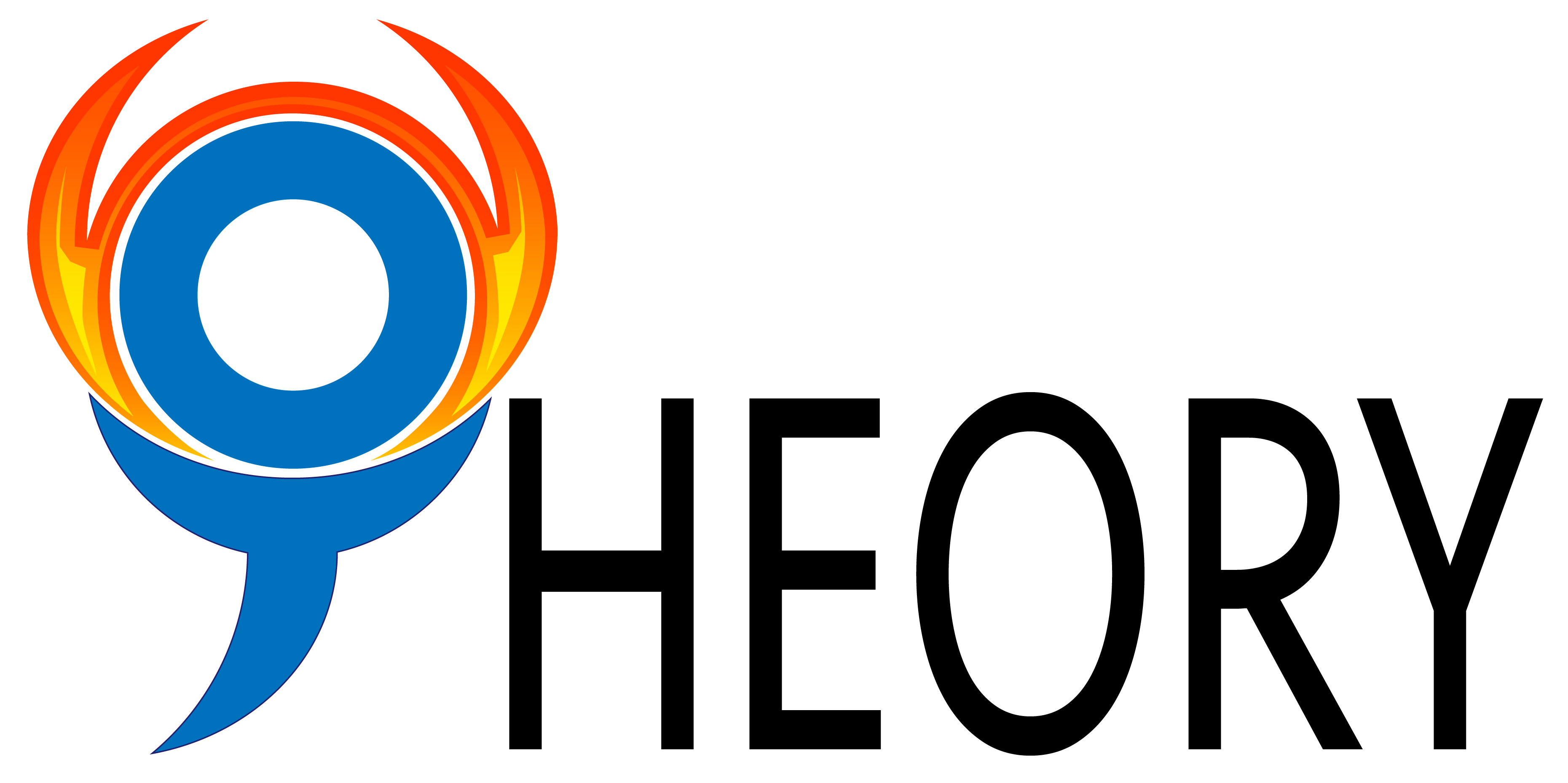The three-phase framework helps to view the life resuming process of people who suffer from long-term disabilities such as stroke, traumatic brain injury, and whiplash, and to provide the right intervention at the right time. In this framework, the reestablishment of previous role(s) of the clients and/or the development of a new role are the most important. The role achievement is believed to be the primary goal of therapy intervention for people with long-term disabilities. The three phases are included as named for this framework. In phase 1 (focus on “getting better”), the clients may found that their impairments will never be resolved fully even though they have known and accepted their situation. The therapists will utilize the clients’ determination to maximize their recovery and give them “hope”. In phase 2 (coming to terms with loss), the clients may experience a plateau in their recovery process. To continue a satisfying life, the therapists can help to examine their current strengths and limitations and make adjustment in the intervention. The therapists will also develop self-care strategies for the clients to prevent he development of secondary complications such as postural malalignment and joint contractures, and evaluate the training implemented in phase 1. In phase 3 (reestablishing social roles), there may be some roles that are not compatible with the reconstructions of the clients or they perceive incapability to achieve to the normal status. The therapists can facilitate the task performance and role achievement after evaluating the current levels of abilities, and collaborate with the clients and the family members to identify needs and determine achievable goals. Throughout the therapeutic process, the therapists assist the clients in developing long-term skills for the task based on their strengths and developing new solutions to future tasks. By using this three-phase framework, the clients can receive the most suitable intervention at the different stage of recovery, and the intervention process provided by the therapists will be helpful to their life.
Summarized by
- Davie Tsang
Type
- Framework
Population
- Adolescent
- Adult
- Elderly
Disability
- Neurological disorder
Domain of occupation
- Unspecified
Application Note
The use of this framework must be continued during the whole process of the recovery.
Key Reference
Sabari, J. S. (1998). Occupational therapy after stroke: Are we providing the right services at the right time? American Journal of Occupational Therapy, 52, 299-302.
Year Published
- 1998
Primary Developer
- Joyce Sabari
Primary Developer Email
- jsabari@netmail.hscbklyn.edu
